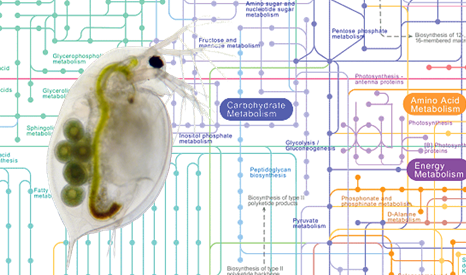MILCO: Monitoring the Impact of Lead contamination along the Oyapock river using Daphnia magna metabolome
MILCO : Surveillance de l'impact de la contamination par le plomb le long de la rivière Oyapock à l'aide du métabolome de Daphnia magna
2020
OHM Project
Oyapock OHM

Leader : Genta-Jouve Grégory
Project leader’s laboratory : LEEISA
Full address of laboratory :
Keywords :
Lead contamination
Ecotoxicology
Metabolomics
Daphnia magna
Oyapock
Disciplines :
Chimie
Systematique
Abstract :
Aquatic ecosystems are the final sink for all potentially toxic metals in the environment via transfer from natural and/or anthropogenic sources and the demographic growth is known to cause many problems related to waste. Recent biomedical research recalls that the sources of over-exposure are many (artisanal ceramic food receptacles and cooking utensils, water distributed via lead piping, etc.) and that the health effects are neurological, haematological and renal. Among children, the toxic effects appear even at low levels of lead poisoning.
The aims of the MILCO project are: 1) to determine if inhabited areas are exhibiting higher concentration in lead in the water; 2) to determine if the observed concentrations have an impact on the physiology of our model organism Daphnia magna; 3) to perform the first survey on the Cladocerans biodiversity in the French Guiana.

